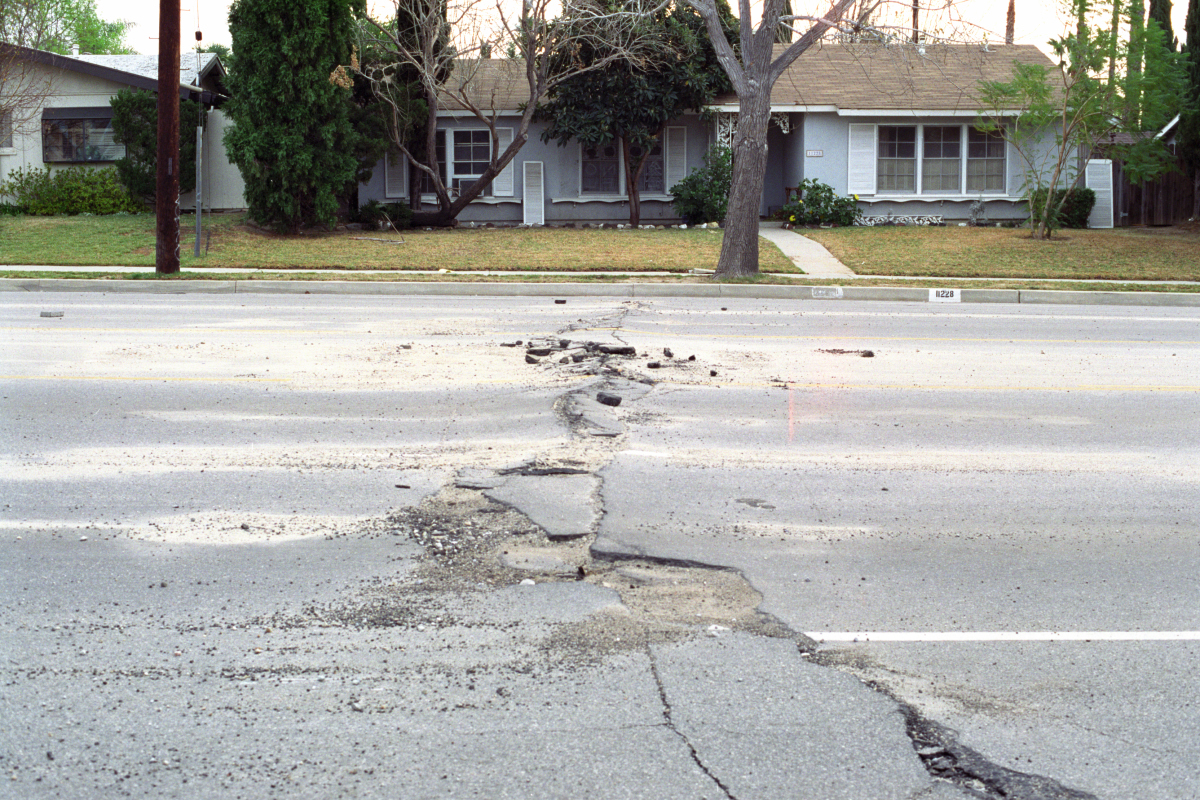
Closures, curfews, “stay-at-home orders. SARS-CoV-2 coronavirus has kept people around the world at home for weeks on end. As a direct consequence, it’s not just pollutants that were reduced in the atmosphere because fewer exhaust gases were being pumped out into the air. This standstill has managed to quieten down the earth herself, as there were fewer cars, trucks, trains, factories, mines, etc., to shake her up. This period of calm was also sensed by earthquake researchers. They could detect even the faintest signs of an earthquake far more effectively.
“The decrease in ground motion was clearly measurable at a lot of the stations,” seismologist Joachim Ritter of the Karlsruhe Institute of Technology (KIT) told the German news service dpa. Scientists hope that these findings from the “silent period” of the worldwide lockdown will provide new insights for earthquake research. “I hope that we can detect signals at a few measuring points that we otherwise would not have discovered,” said the KIT professor. The researchers are assuming that they will be able to detect more microquakes in the future. By doing so, they expect to make some progress in earthquake prediction as well. Despite the fact that this lull in noise levels on the earth’s surface is already over now that more and more countries are gradually returning to normality.
‘Seismic noise’
“Normally signals from smaller quakes are drowned out,” Ritter points out. “The earth’s surface is never completely calm. To a slight degree it’s in a constant state of motion.” This ‘seismic noise’ is triggered not only by natural causes such as ocean waves and wind, but also by man-made sources such as traffic, construction work, and industry. In particular, heavy trucks, railways, and windmills would make the earth literally sway, which would drown out most earthquake waves. This ground turbulence is stronger during the day than at night and more intense on weekdays than at weekends.
Since mid-March, however, seeing that the world has largely “stood still” due to anti-corona measures, seismologists have been able to register a change in the earth’s movements. In the words of Joachim Ritter, there has been an average “20 to 30 percent reduction in noise output” in Germany and Europe. In metropolises such as Milan and Stuttgart or along busy traffic routes, the silence was all the more noticeable. “Such low noise levels are generally only experienced at Christmas or Easter, Ritter noted.
Ample material for studies
So far, the seismologists have not yet been able to evaluate all of the 300 or so measuring stations in Germany. Yet Ritter is sure that the results will provide material for “several studies in the next few years.” In addition, the scientists assume that the detection of microquakes could help “to map potential future fault lines – i.e. locations of larger quakes.” Nevertheless, one major problem surrounding earthquake prediction still remains. “We can say where there will be a quake and how strong it will be. Just not when it will be,” the KIT scientist stated.








